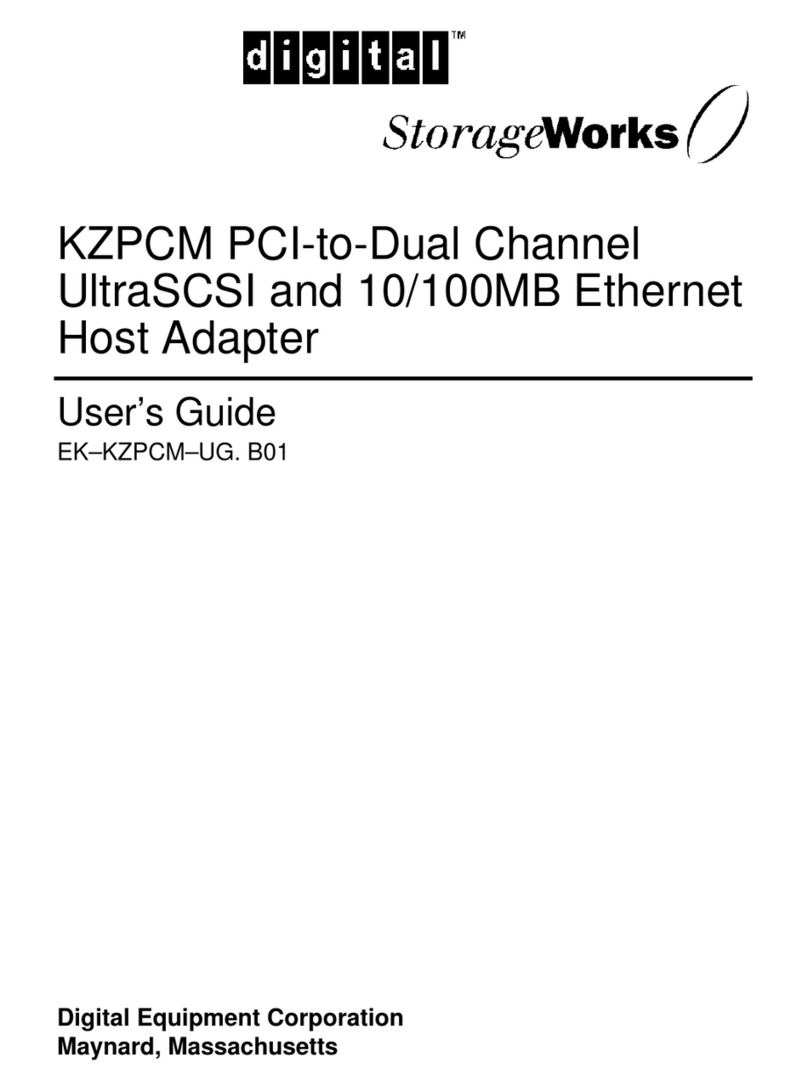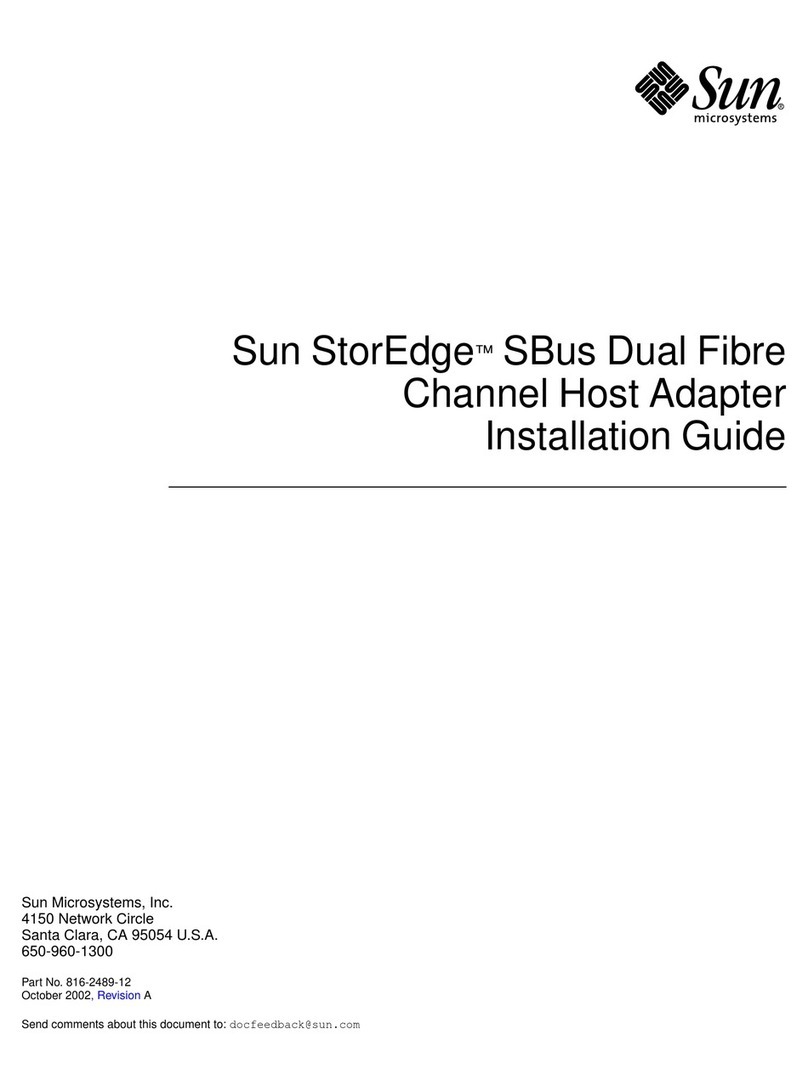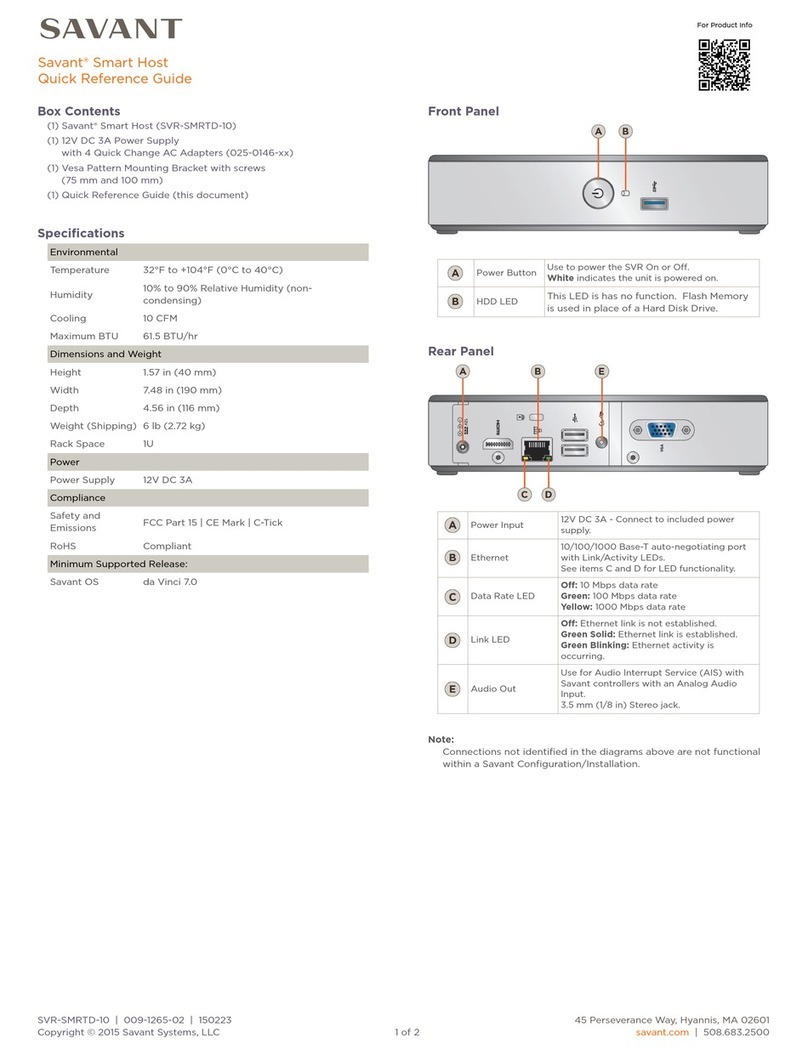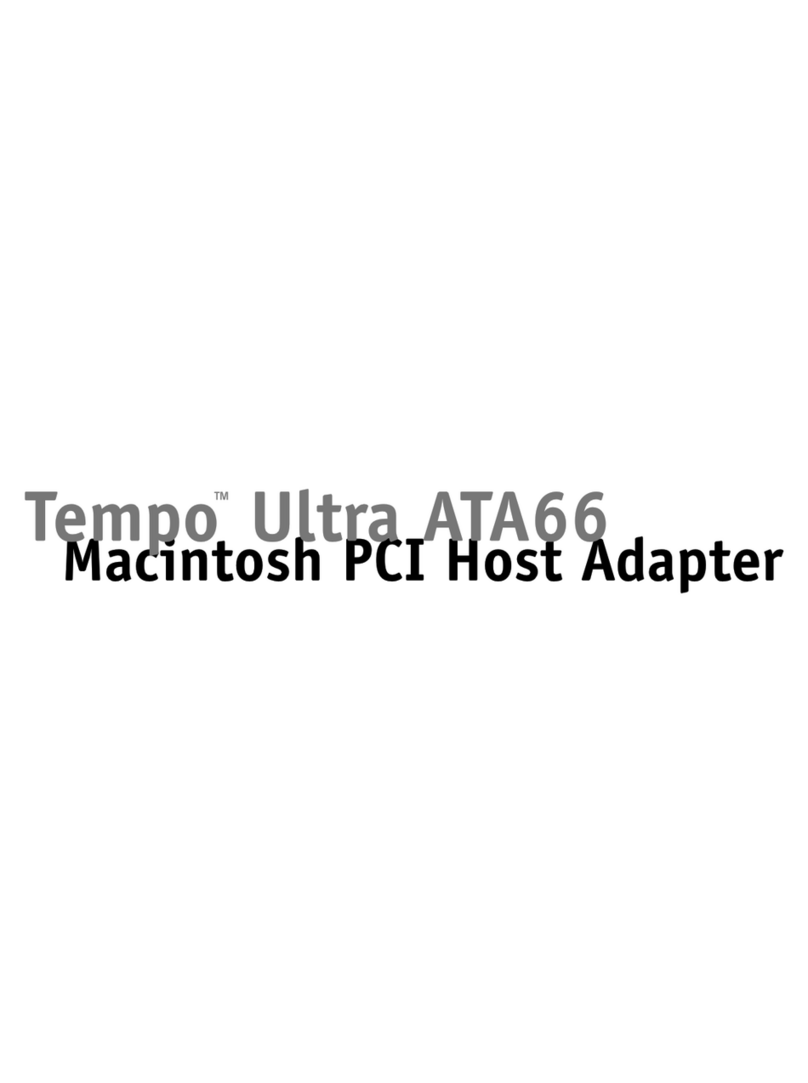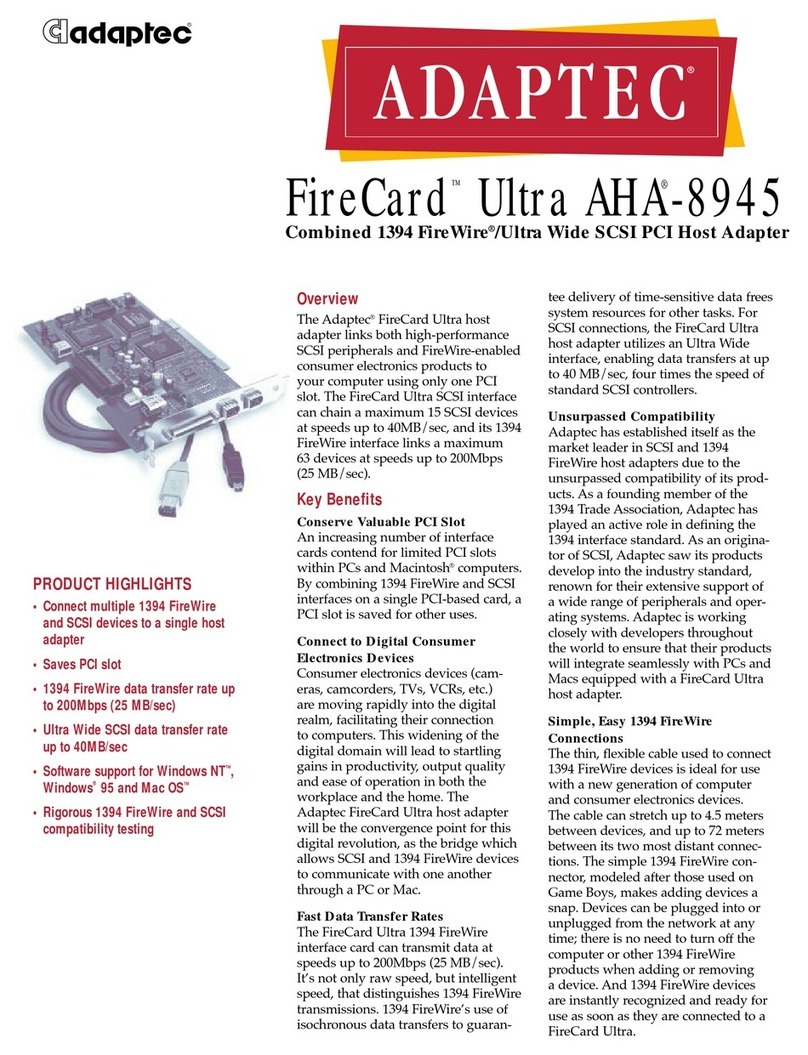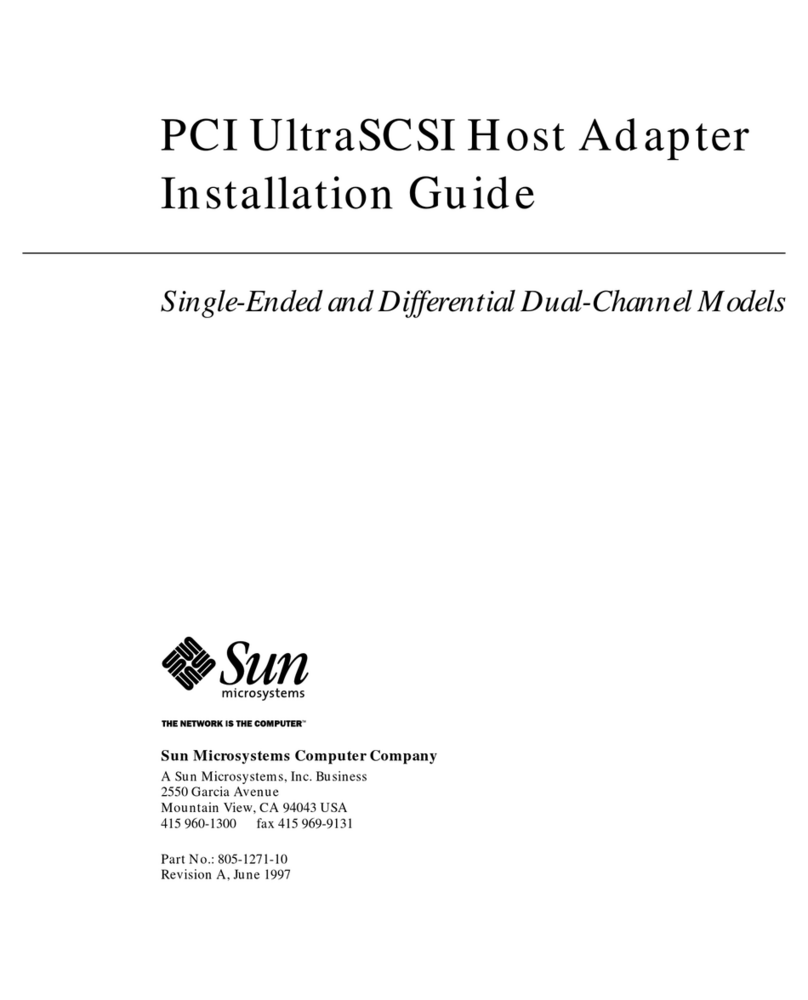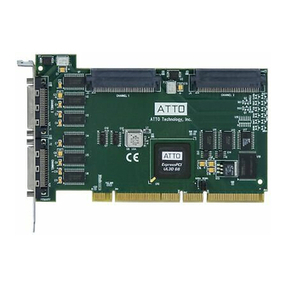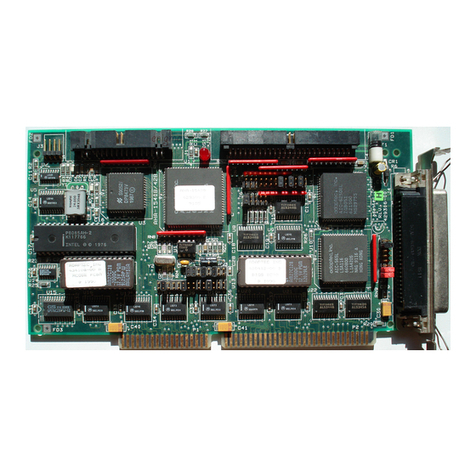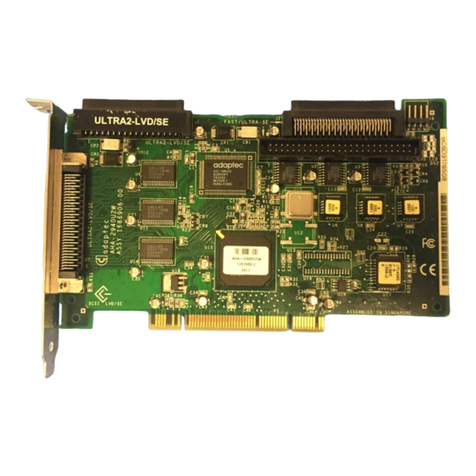
Jupiter Instruments_____________________________________________________________________________________
3. EEPROM PROGRAMMING UTILITY
This fully integrated utility is designed for programming a variety of EEPROM and memory devices
either in-circuit or standalone. All essential programming functions are provided including device
read, program, and verify, as well as buffer edit, pre-fill, load, and save operations. EEPROM image
data can be loaded from a file, copied from another device, or entered manually using HEX values
and/or ASCII characters. Data can be saved to disk via Intel HEX, Motorola S-Record, or raw Binary
file formats.
Features:
• Devices: Over 100 devices including Atmel, Generic, Microchip,
NXP, ST Micro, and GP Block Reads
• Supported file formats: Intel HEX, Motorola S-Record, and raw Binary.
• Programming voltage: 1.50V to 5.25V
• SCL clock rate: 254Hz to 4.0MHz with variable setup and hold times
3.1 EEPROM Programming Session
This exercise will familiarize the user with the fundamental programming features of the JI-300
EEPROM programming utility.
Before beginning this exercise, be sure that you are somewhat familiar with the controls on the
EEPROM Programming Utility window (Section 4.5) and that you have previously run both the
“Communications Check” and “I2C Tx/Rx Session” exercises in section 2.0.
For this exercise, a target slave device (included with the JI-300 kit) or I2C network with at least
one slave device will be needed. Device power (or network) can be supplied by either the I2C
target or JI-300 Adapter. The following steps are for use with the test M24C04 I2C target device.
1. Begin by executing all 21 steps in the I2C Tx/Rx Session in section 2.4. This will ensure a
working HW connection and valid HW settings.
2. Open the EEPROM Programming Utility window by clicking Utilities, followed by
EEPROM Programming at the main window menu bar.
3. Verify that the EEPROM Programming Utility window is now displayed (See Figure 6)
JI-300 10 9/9/07
